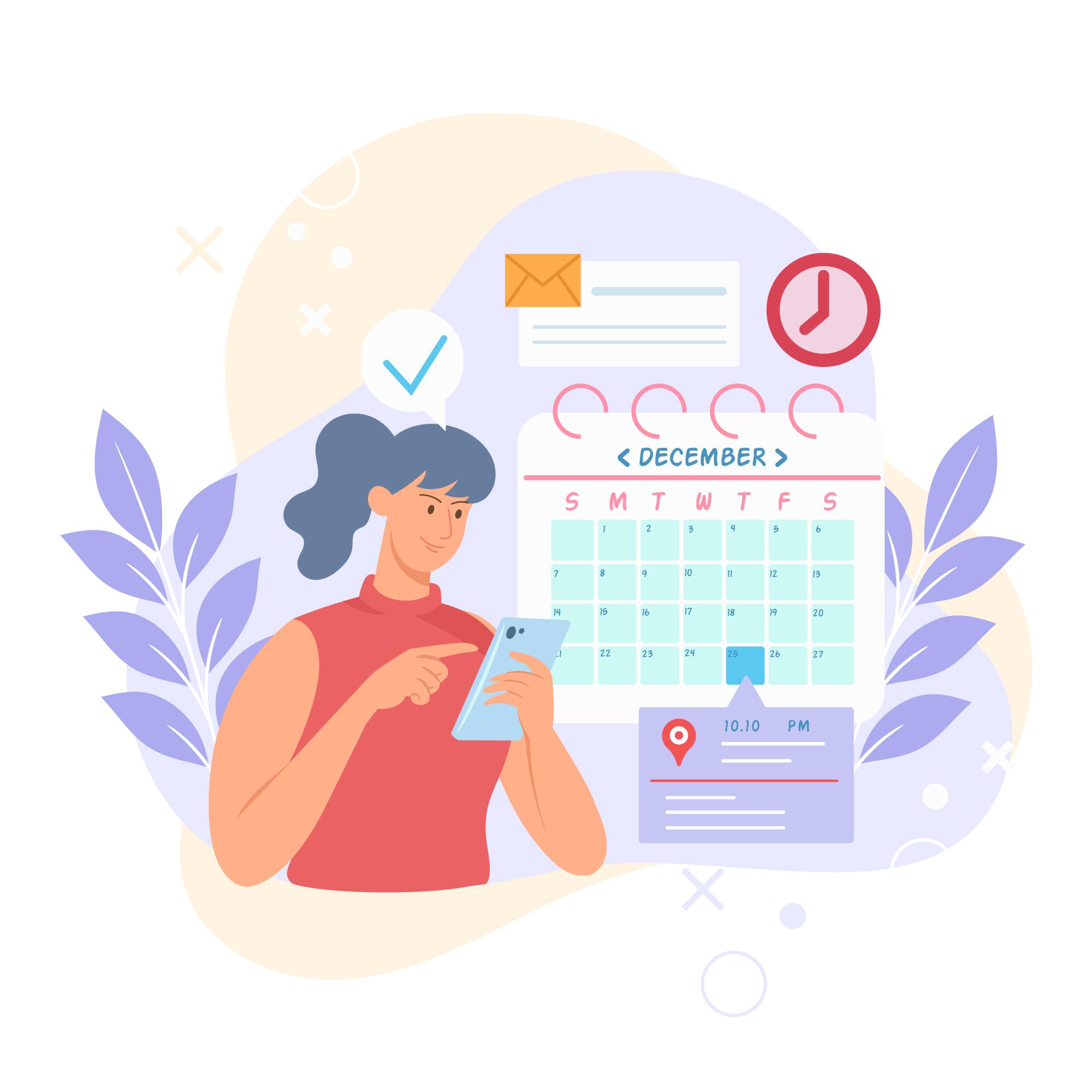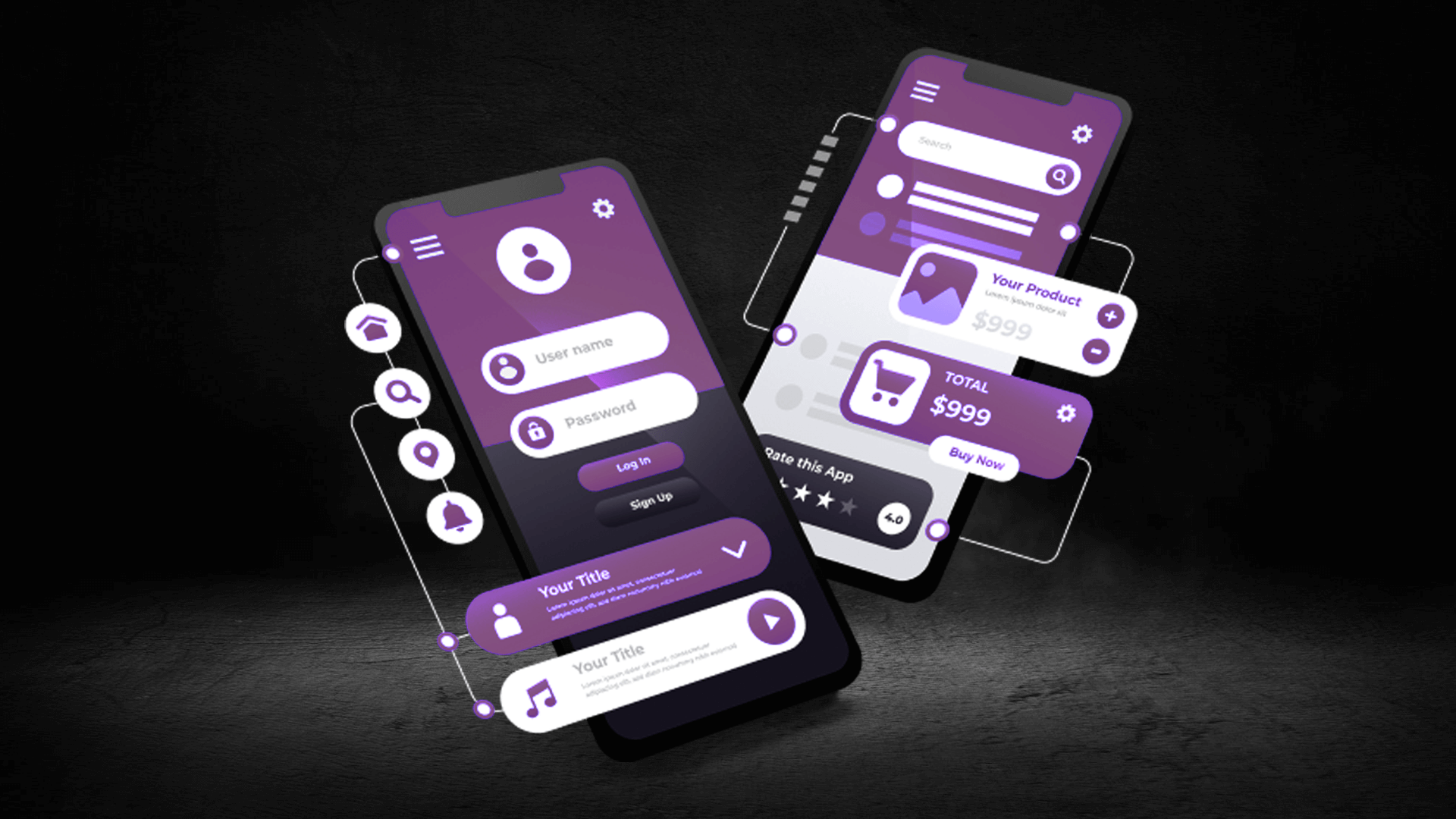Boosting Patient Satisfaction with Automated Appointment Scheduling
Patient satisfaction is a critical component of healthcare success. As patients demand more convenience, efficiency, and personalization in their healthcare experiences, providers are seeking innovative ways to meet these expectations. One of the most effective strategies is the implementation of automated appointment scheduling systems. By leveraging technology to streamline the appointment booking process, healthcare providers can not only improve operational efficiency but also significantly boost patient satisfaction.
Automated appointment scheduling is quickly becoming a vital tool in healthcare facilities, offering patients a seamless, user-friendly way to manage their appointments. This blog will explore how automating the scheduling process improves patient satisfaction by enhancing accessibility, reducing wait times, and minimizing the frustration often associated with manual scheduling.
The Importance of Patient Satisfaction in Healthcare
In the healthcare industry, patient satisfaction is more than just a nice-to-have; it’s an essential metric that influences everything from patient retention to the overall reputation of a healthcare facility. High levels of patient satisfaction are associated with better patient outcomes, higher compliance with treatment plans, and increased patient loyalty. Conversely, dissatisfaction can lead to a loss of trust, negative reviews, and even decreased revenue for healthcare providers.
There are many factors that contribute to patient satisfaction, such as the quality of care provided, the professionalism of staff, and the overall experience patients have when interacting with the healthcare system. Scheduling an appointment is one of the first touchpoints patients have with a healthcare provider, and it plays a crucial role in shaping their perceptions of the facility. If the scheduling process is cumbersome or frustrating, patients may be left with a negative impression, even before they step into the office.
The Challenges of Traditional Scheduling Systems
Traditional appointment scheduling methods are often inefficient and time-consuming. Patients typically have to call during business hours, navigate phone trees, wait on hold, and hope for an available appointment that fits their schedule. This can be particularly challenging for patients who have busy lives, limited availability, or urgent healthcare needs.
Healthcare providers also face difficulties with traditional scheduling systems. Administrative staff must manage multiple phone calls, handle rescheduling requests, and manually input appointment data into practice management systems. This not only increases the workload for staff but also leaves room for human error, such as double bookings, incorrect appointment times, and missed follow-up appointments.
These challenges can lead to a poor patient experience, long wait times, scheduling conflicts, and increased no-show rates. All of these factors negatively impact patient satisfaction and can create a stressful environment for both patients and healthcare staff.
The Benefits of Automated Appointment Scheduling
Automated appointment scheduling systems offer a solution to the inefficiencies and frustrations of traditional scheduling methods. These systems use advanced technology, such as artificial intelligence (AI) and machine learning, to simplify and streamline the appointment booking process. By automating key scheduling tasks, healthcare providers can offer a more convenient and satisfying experience for their patients. Below are some of the key ways automated scheduling improves patient satisfaction:
24/7 Availability and Flexibility
One of the most significant advantages of automated appointment scheduling is the ability to book appointments online 24/7. Patients are no longer restricted to calling during office hours, which can be particularly inconvenient for those with busy schedules or in different time zones. With automated systems, patients can access the scheduling portal from any device—whether a computer, tablet, or smartphone—at their convenience.
This flexibility greatly enhances patient satisfaction, as it allows them to manage their healthcare appointments without the hassle of phone calls or long wait times. Patients can choose the time slots that work best for them, view available providers, and even reschedule or cancel appointments with just a few clicks.
Reduced Wait Times
One of the biggest pain points for patients is long wait times, both in scheduling an appointment and during their visit. Automated scheduling systems optimize appointment times by intelligently managing provider availability and ensuring that time slots are filled efficiently. These systems can also prevent overbooking and schedule patients based on the complexity of their needs, which reduces bottlenecks in clinics and ensures that providers aren’t overwhelmed.
By minimizing delays in the scheduling process and reducing waiting room times, automated scheduling directly improves the overall patient experience, leading to higher satisfaction rates.
Streamlined Communication and Reminders
Communication plays a significant role in patient satisfaction, and automated appointment scheduling systems excel in this area. Once an appointment is booked, patients receive instant confirmation, reducing uncertainty about whether their appointment is properly scheduled. Additionally, automated systems can send timely reminders via text, email, or automated phone calls, ensuring that patients are well-prepared for their appointments.
These reminders help reduce the number of no-shows and late cancellations, both of which can disrupt clinic operations and frustrate patients who may face rescheduling delays. Patients appreciate this proactive communication, as it keeps them informed and organized, reducing anxiety about missed appointments.
Personalized Scheduling Experience
Automated scheduling systems can be tailored to offer personalized experiences based on patient preferences, medical history, and previous appointment data. For instance, if a patient consistently prefers afternoon appointments or sees a particular provider, the system can prioritize those options when offering available time slots. This level of personalization not only improves the convenience of the scheduling process but also demonstrates that the healthcare provider values the patient’s time and preferences.
Furthermore, AI-powered systems can analyze patient data to offer optimized appointment times, such as booking follow-up appointments at the appropriate intervals based on treatment plans. This personalized approach improves continuity of care and ensures that patients are receiving the medical attention they need in a timely manner.
Increased Transparency and Control
With automated scheduling, patients have more control over their healthcare experience. They can view available time slots, choose the provider they want to see, and manage their appointments independently. This level of transparency gives patients confidence that they are receiving timely care while reducing the frustration of dealing with administrative bottlenecks.
In turn, healthcare providers benefit from reduced call volumes and fewer scheduling errors, allowing administrative staff to focus on more complex patient care tasks. This creates a more efficient system for both parties and helps improve overall patient satisfaction.
Better Resource Allocation
Healthcare facilities can also use automated scheduling systems to allocate resources more effectively. By automating and optimizing appointment times, clinics can ensure that providers are not overbooked and that time slots are used efficiently. This means that patients are less likely to experience delays due to mismanagement of resources, which further enhances their satisfaction.
Moreover, automated systems allow for better coordination between departments. For instance, if a patient needs lab work done before seeing a doctor, the system can schedule those appointments back-to-back, reducing the need for multiple visits and improving the patient’s overall experience.
Conclusion
Automated appointment scheduling has become an essential tool for healthcare providers looking to improve patient satisfaction. By offering patients flexibility, reducing wait times, streamlining communication, and personalizing the scheduling process, these systems enhance the patient experience from the moment an appointment is made. Patients value the convenience and transparency that automation brings, while healthcare providers benefit from reduced administrative workloads and optimized resource management. As patient expectations for seamless, technology-driven healthcare experiences continue to rise, Patient Appointment Scheduling Automation will remain a critical factor in boosting patient satisfaction and ensuring that healthcare organizations remain competitive in a rapidly evolving industry. By adopting this technology, healthcare providers can create a more efficient and patient-centric environment that meets the needs of today’s digitally savvy patients.
Also Read:














Post Comment